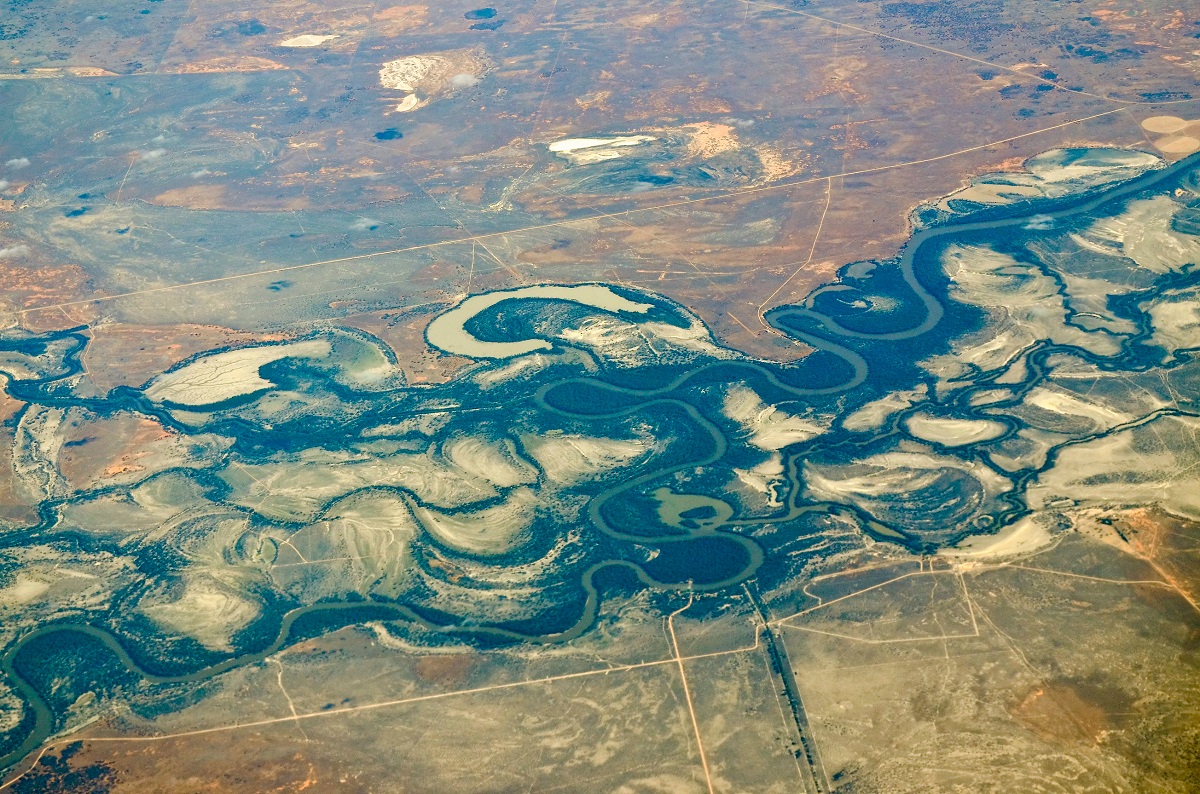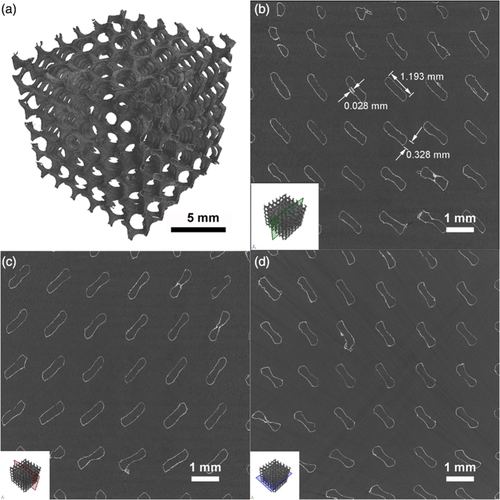
Khalifa University researchers make strong case for why soil salinization must be included in future climate models.
It is widely accepted that rising salt levels in our soils, rivers and streams is a major environmental issue worldwide. Still, little has been done to understand the long-term impacts of river salinization on the terrestrial water budget and climate.
An analysis by researchers at Khalifa University has now found that soil salinization – the accumulation of soluble salts in the soil – also affects the way river basins and their hydrology interact with climate.
The study, published recently in the prestigious Proceedings of the National Academy of Sciences of the United States of America, shows that salinization enhances the aridity of river basins, reducing the capability of vegetation to take up water from the soil and release it to the atmosphere; a process called transpiration.
“Transpiration represents the main pathway through which water is transferred from land to the atmosphere and is a key driver of our climate,” explained Dr. Saverio Perri, post-doctoral fellow in Civil Infrastructure and Environmental Engineering at Khalifa University and the study’s lead author.
“As salts start to accumulate in the soil, osmotic effects make it more and more difficult for plants to take up water through their roots and transpiration is progressively impaired, affecting water and energy fluxes at the interface between land and atmosphere.”
“However, not all the plants respond to salinity the same way,” Dr. Perri added. “Halophytes (their name comes from the Ancient Greek words ἅλας, ‘salt’, and φυτόν, ‘plant’) can grow in salty soils and have developed hydraulic traits, which allow them to withstand salt stress and sustain transpiration under saline conditions, which many other crops and plants cannot. As a consequence, plant salt tolerance could significantly impact how land exchanges water with the atmosphere and controls climate.”
“The other crucial factor to keep in mind is the size of the phenomenon,” said Dr. Annalisa Molini, Associate Professor of Civil and Environmental Engineering, and a co-author of the study. “River salinization has grown at an unprecedented rate in the last few decades, and is now a global environmental issue.”
“We have estimated that river basin salinization already affects more than one-third of catchments around the world. This is a huge area – millions of hectares – where salinity is not only a major cause of fertility reduction and soil degradation but also a powerful hydro-climatic driver,” Dr. Molini added.
“The majority of salt-affected basins can be found in the Middle East, Africa and Australia, all regions which are already experiencing extreme aridity, land degradation, and vulnerability to climate change. Despite the global dimension of the problem, the effects of salinization are not included in climate models. These models cannot differentiate between vegetation types with different hydraulic traits.”
“Our study provides the essential machinery to understand how salinity can alter the local soil water balance and land-atmosphere interactions. A first vital step toward including salinity effects in climate models,” Dr. Molini shared.
The Khalifa University research team – including Dr. Perri, Dr. Molini and Dr. Prashanth Marpu, Associate Professor of Electrical Engineering and Computer Science – worked with colleagues at the University di Padova, MIT and the New South Wales Rural Fire Service of Australia to develop a new model of the soil water balance in saline river basins. The novelty of the model is that it accounts for both the effects of salinity and plant salt tolerance.
“The beauty of the model is that it is rather simple, and still, it can capture the main components of the process, including the response of different types of vegetation,” said Dr. Perri.
“Also, it can be used to develop reverse-engineering strategies to mitigate salinization, based on plant salt tolerance. This paves the way for a wide range of applications which might help us to tackle the problem of salinization from the eco-hydrological perspective.”
The paper’s other co-authors include Dr. Samir Suweis of the University of Padova, Dr. Dara Entekhabi of MIT, and Dr. Alex Holmes from the New South Wales Rural Fire Service. Support for the research was provided by the Abu Dhabi Department of Education & Knowledge and by the University of Padova.
Jade Sterling
Science Writer
16 August 2020





